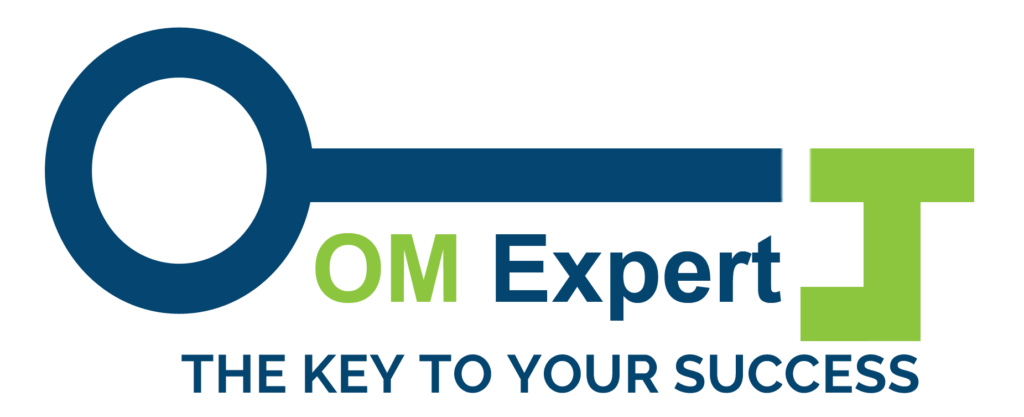Google Ads: An Ultimate Guide to Set up Your Google Ads

Competing online to attract new customers is a challenging feat. There are many savvy marketers out there that are familiar with every angle of paid (PPC) marketing. Naturally, this wealth of knowledge makes it much easier for experienced advertisers to gain that market share you have been working to capture. This may be the case, but if you can figure out how to employ the same strategies as the pros, you can join in on the fun. One of those tricks is learning to use Google Ads to entertain customers and get them thinking about your brand.
Did you know? 65% of the clicks on Google Ads come from paid advertising. So with the right approach, you can increase your business’s growth through these most popular platforms.
Inspired? Below are tips from an ultimate guide to Google ads on taking advantage of it and getting them working in your favor.
What is Google Ads?
Google’s platform for paid online marketing and advertising is called Google Ads. You can use this platform to create a dynamic mix of web adverts targeted at individual demographic groups in your target market. It is possible to offer relevant keywords or terms to increase your chances of delivering your ads to the right customers when they are most likely to engage with your brand. You can create your ad content from one place and manage your campaigns while keeping track of your performance through the platform’s in-built analytics tools.
If you want to promote your brand awareness, drive engagement and earn more sales, then Google ads should be an essential part of your paid marketing strategy.
Why use Google Ads?
Google ads have something for businesses of all sizes with different advertising goals, budgets, and target audiences. There are many benefits of advertising on Google ads for digital marketers:
It has a vast reach-These days, the first port of call is Google when consumers have a query. Some of your inquiries might be helpfully answered by your company. When you advertise on Google Advertisements, relevant searchers are more likely to find you, click on your ads, and convert.
- It’s not complicated to use-Google ads are easy to understand and make everything straightforward.
- It helps boost brand awareness by strengthening your brand name and making it visual to consumers, which builds trust.
- It helps you to handle multiple client accounts easily and in one place.
- It enables you to limit your daily budget, so you only spend what you want. You can choose your budget and only pay when someone clicks on your advertisement.
How do you advertise on Google Ads?

Now that you know what the platform does and why it’s valuable, let’s look at how to use Google Ads for advertising and the benefits of advertising on Google ads:
Step 1: Learn the basics
Getting to grips with the platform basics before you start creating your ads is essential. Learning the platform’s core procedures and features will improve your chances of selecting keywords, setting parameters, and making content that will resound with your target audience and result in a consistently high return on investment (ROI).
Step 2: Setting up the account
In most cases, starting with a manager account is best, as it is free and allows you to build several child accounts within it. To create a Google Ads manager account:
- Visit the following website: https://ads.google.com/home/tools/manager-accounts/
- Click Create a Manager Account and follow the instructions.
- Utilize your Gmail address to register.
Step 3: Finding keywords to target
Targeting the right keywords is essential to know how to advertise on Google effectively, and then you can take benefits of advertising on Google ads:
- Obtain search volume information for specific keywords and phrases.
- Be aware of the cost per click when using Google Ads to bid on particular search terms.
- Learn new keywords and terms that could perform well in your ad campaigns and affect your target audience.
Get your Google ad keyword research right and earn the best possible ROI.
Step 4: Choosing the type of ad you want to run
The next stage in optimizing Google Ads is selecting the type of advertisement you want to run, depending on your marketing goals. Here is an ultimate guide to Google ads that will help you decide:
Search: Write ads on a search results page.
Video: Ads with video on YouTube and Google’s search result pages.
Shopping: Product listings are commonly displayed in a carousel at the top of a Google search results page.
Display: Ad-based content and image-based ads displayed on websites, apps, and platforms across Google ‘extensive display network.
Local: Google ad content that is served to highly-targeted restricted audiences.
Step 5: Plan your budget and bidding approach
You can choose the right bidding strategy to compress as much value from every one of your ads.
Use a bidding manual process if you have a limited ad budget which is an excellent idea as you can place a standard cap on your cost-per-click. But automated bidding could offer superior returns if you want to save time and optimize your ads across multiple campaigns. Remember that automated bidding will cost you more to run your ads.
Step 6: Creating the ad
When we start creating the content, this is the point in our how-to-do Google ads. To create ads that stand out, you must plan to:
- Create a compelling headline with actionable phrases and relevant keywords.
- Write body text highlighting the key USPs conversational, reflecting your brand’s voice, and encouraging readers to click through.
- Include high-quality visuals with the product, service, or event you promote.
Step 7: Preparing your website landing page
When a user clicks on your advertisement, the destination must be just as valuable and enticing as the advertisement itself. Your landing page must fulfill the terms of your Google Ad agreements and extend its messaging. Not only should your landing page agree with your ad in terms of branding, but it must also be enhanced for the optimum user experience.
Step 8: Test the ads and optimize
Last but not least, you should always test your ads to discover how to optimize your efforts for maximum results. A/B testing is one of the most effective processes where you test two versions of the same ad content with a slightly different element. With this, you can see which parts perform better and optimize your ad perfectly.
We hope our ultimate guide to Google ads which guides you on how to advertise on Ads, helps you tremendously and for the best possible chance of success, follow our Instagram page.
